While trade and investment have driven Asia’s impressive economic growth in recent decades, they have also led to a large increase in carbon dioxide emissions in Asia and the Pacific, which is more vulnerable to the impacts of climate change than any other region. Reversing this trend will require measures such as promoting trade in environmental goods and services, supporting and incentivizing green businesses, developing carbon pricing mechanisms, and strengthening regional cooperation through trade and investment agreements, according to the Asian Economic Integration Report (AEIR) 2023, released by ADB today (February 7).
“Asia and the Pacific ’s impressive economic growth has lifted millions out of poverty, but this has come at an environmental cost,” said ADB Chief Economist Albert Park. “The region is now on the front lines of the climate crisis, which could derail development progress. Trade and investment remain among the most important drivers of growth and poverty reduction, but governments in the region need to step up cooperation to make trade and investment greener.”
Between 1995 and 2019, Asia’s manufacturing-related carbon dioxide emissions nearly tripled, largely reflecting the region’s unprecedented growth and industrialization to meet demand—both within the region and for export markets. Asia and the Pacific are now warming faster than anywhere else in the world . Nearly 40% of the world’s natural disasters occur in the region, and more than 70% of those affected by disasters live in Asia and the Pacific. The impacts of natural disasters are disproportionately heavy on women and vulnerable populations.
According to the report, governments in the region can make trade and investment more sustainable and green by: promoting trade in environmental goods, such as solar panels, and environmental services; supporting and incentivizing green businesses through regulation, incentives, standards and certification systems; strengthening international regulatory cooperation to make climate commitments and actions transparent, sustainable, mutually applicable and cooperative; and building carbon pricing mechanisms at the national and cross-border levels, through regional linkages and alliances.
The AEIR examines Asia and the Pacific’s progress in regional cooperation and integration, trade, cross-border investment, financial integration, and movement of natural persons. According to the 2023 report, regional integration is progressing steadily and remained stable in 2020 despite the COVID-19 pandemic. Meanwhile, trade growth is expected to slow in 2022 after a strong recovery in 2021./.
Source link








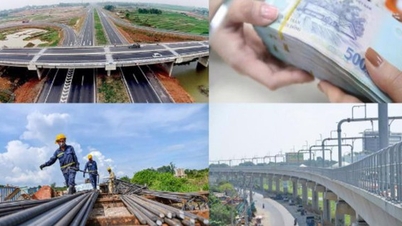





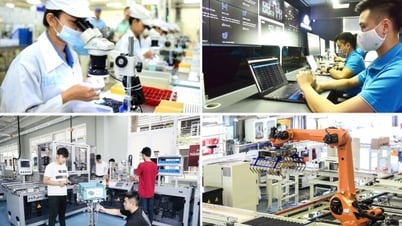


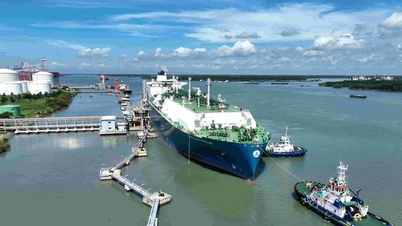





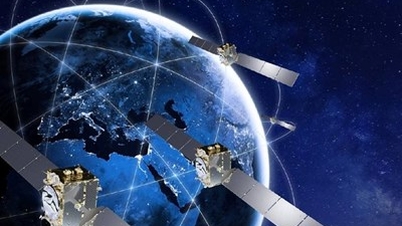
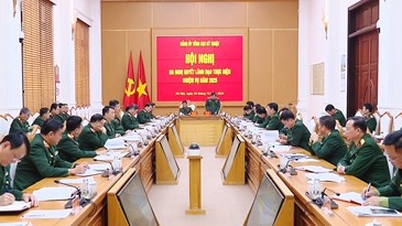








































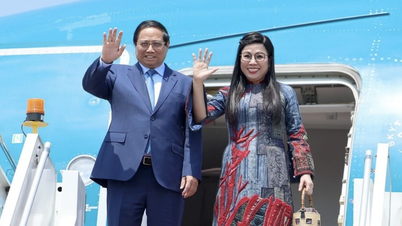
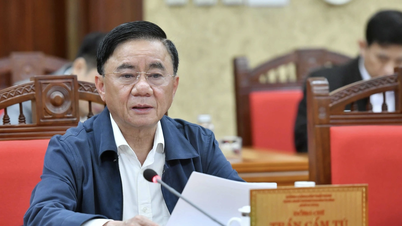





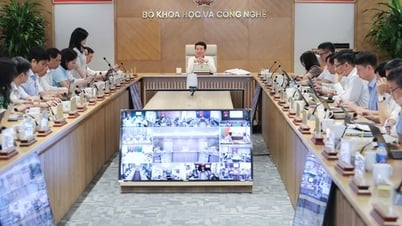
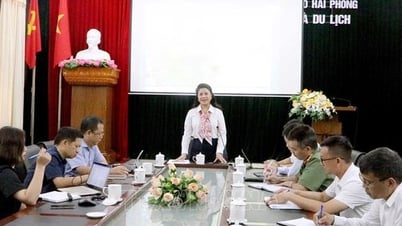











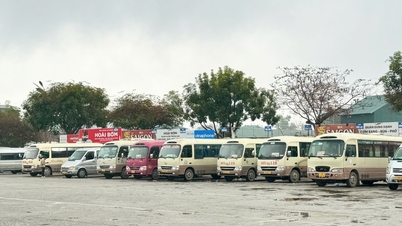










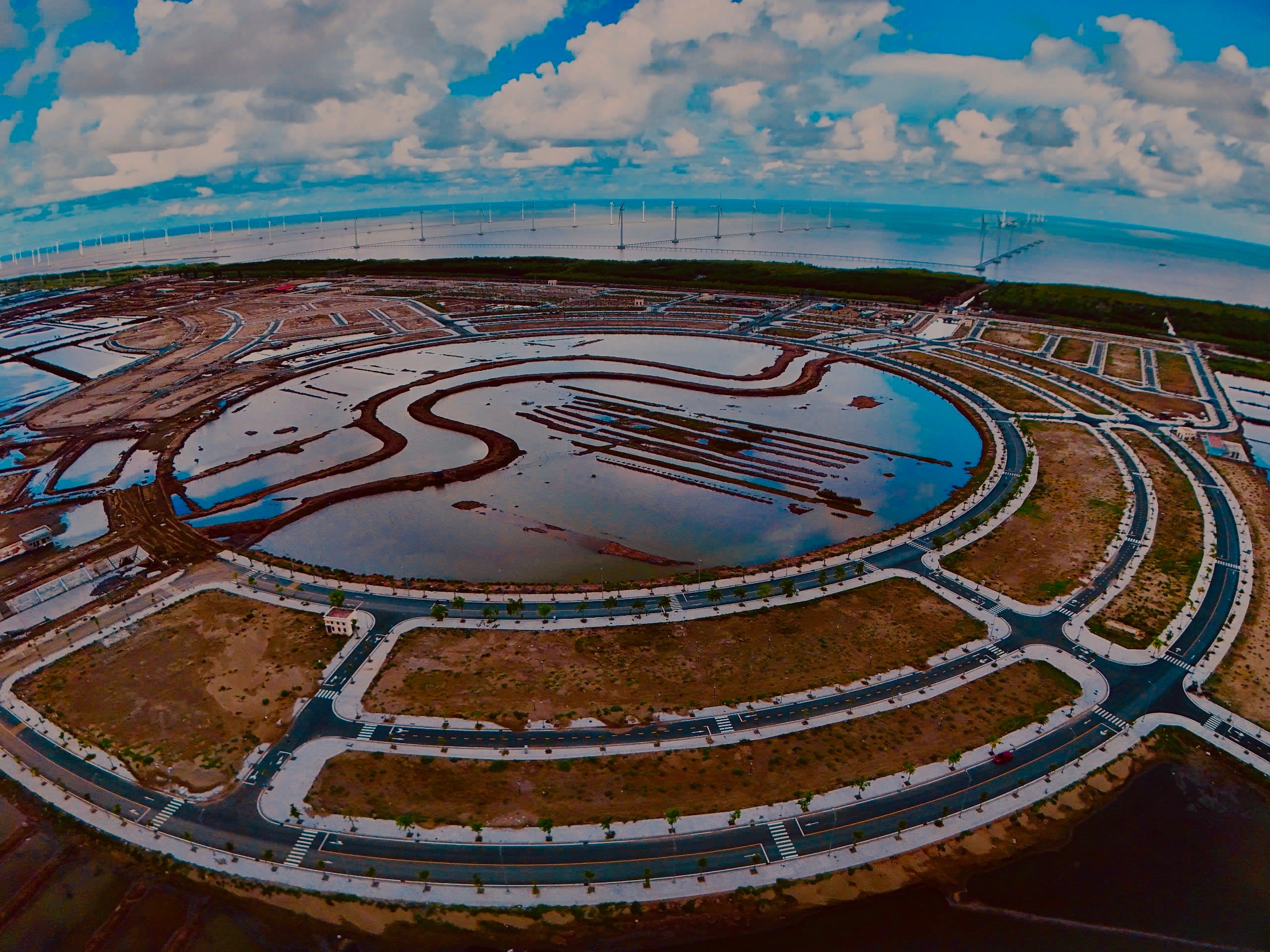

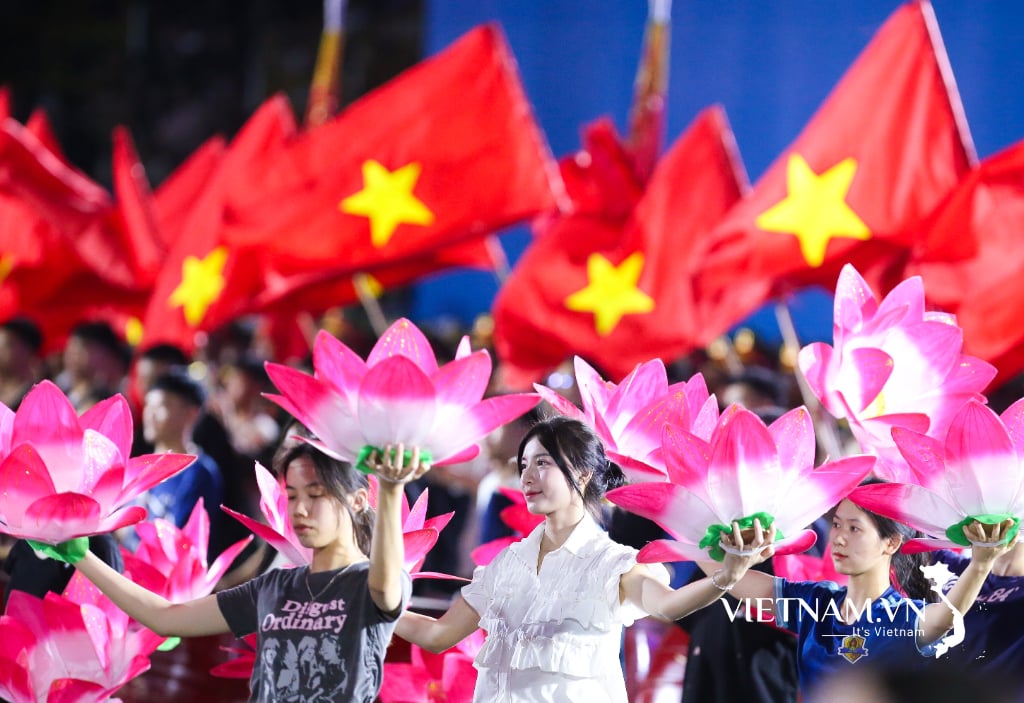

Comment (0)